Nature stories from childhood
Memories from two members whose love of nature was kindled from a young age.
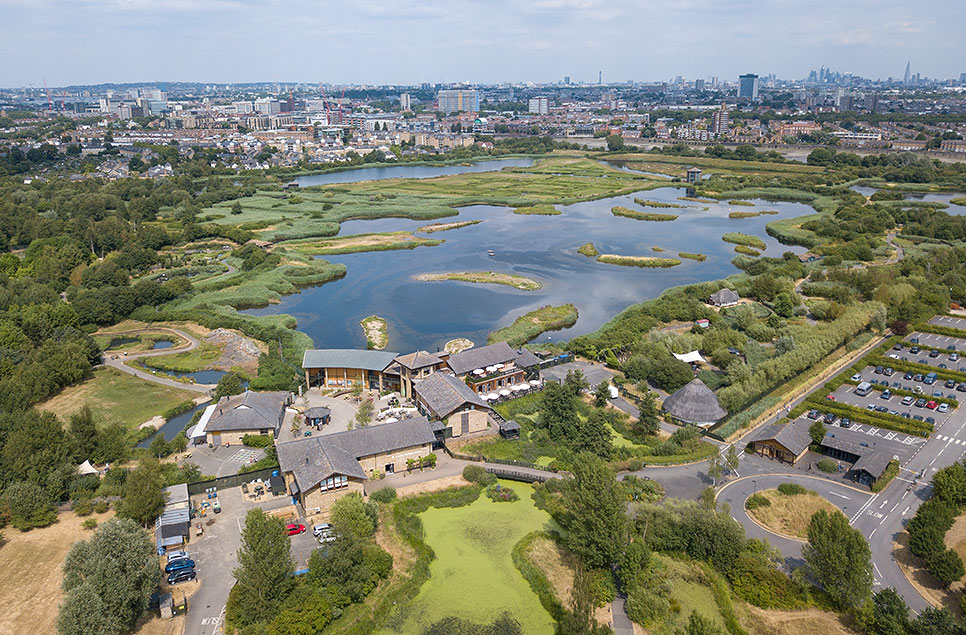
Six decades and counting
Peter Strangeman has been monitoring birds for conservation for more than 60 years.
My early interest in nature was aroused by my dad, who told me about the birds that visited Barn Elms reservoirs, which adjoined a tall house where he was employed as a gardener. Looking across the Thames from the terraces of Fulham Football Ground, it was possible to see the grass banks and causeways of the reservoirs, but, tantalizingly, not the water.
One spring morning in 1957, I was allowed to climb to the attic of the tall house and peer through a narrow window into the four large basins which formed the reservoirs, where a line of statuesque grey herons faced the water. At that time, birdwatching permits were issued free by the Metropolitan Water Board, but it was necessary to provide evidence of a bona fide interest in birds, such as proof of belonging to a recognised society. I joined the London Natural History Society, obtained a permit and met knowledgeable birdwatchers of the day. After a few years I was invited to carry out the National Wildfowl Count at Barn Elms which I continued until 1991. During a period of almost 30 years, the importance of these waters required that a pre-stamped postcard should be returned to WWT with the results immediately after every monthly count.
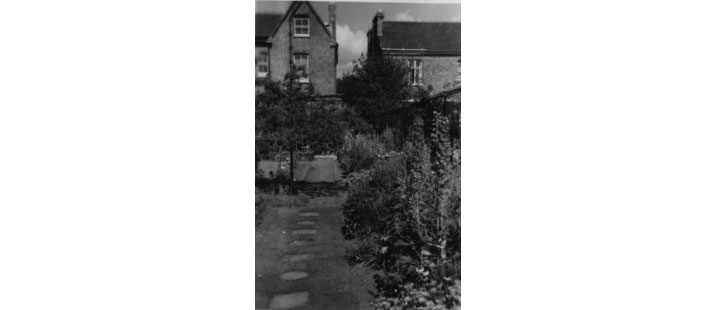
In midwinter, huge numbers of ducks, notably pochards and tufted ducks, assembled there and it often took many hours to count these birds. Sifting through the thousands of diving ducks was an absorbing way to spend a Sunday. Occasionally we found a local rarity such as a scaup or ferruginous duck. Eventually, the number of birds dwindled, which coincided with the introduction of fly fishing to catch rainbow trout. In later years, the wildfowl count could be completed within two hours.
Sir Peter Scott’s vision of a haven for wetland birds when Barn Elms Reservoirs ceased functioning has been realised this century, with the site’s redevelopment as the London Wetland Centre.
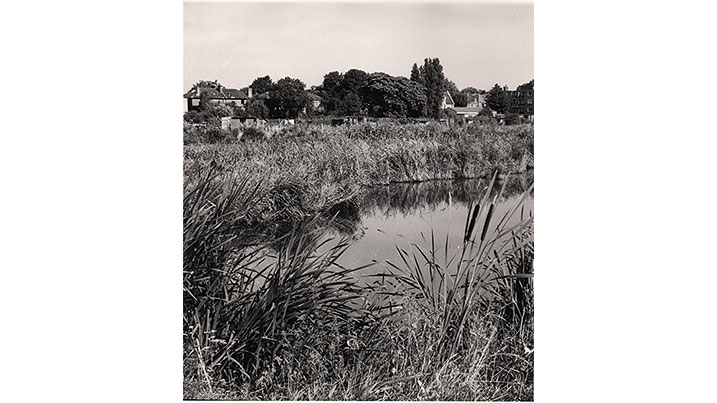
I relinquished my wildfowl count duties at Barn Elms when moving to Hampshire in 1991, whereupon I joined the Portsmouth Harbour team of counters engaged in the Birds of Estuaries Enquiry scheme, which was soon to be renamed the Wetland Bird Survey (WeBS). Waders and brent geese are of particular importance here. The pressure of redevelopment around the harbour continues but WeBS data is made available in an effort to safeguard the diminishing area of sites where waders can roost at high water. Wetland birds at two contrasting habitats of a London reservoir and a Hampshire harbour have engaged and delighted me for over 60 years.
The making of a birdwatcher
Raised in a working family after WW2, how did Life member John Weeks develop his love of birds?
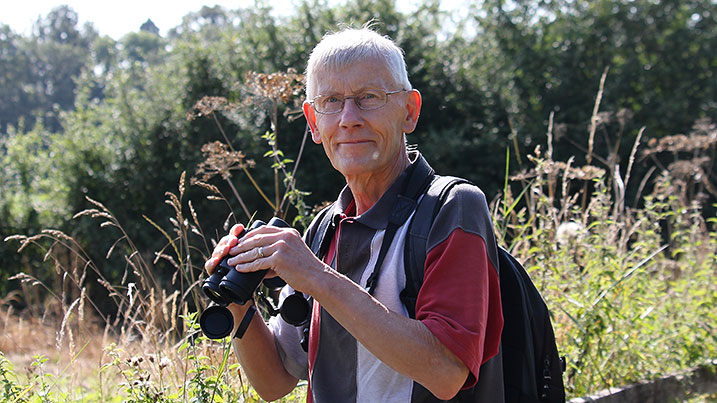
Like many low income families in London in that decade after the Second World War, we lived in a multi-occupied house, my parents renting two rooms and a kitchen on a ground floor in Fulham. The property had no garden, just a tiny concrete yard. The only birds I ever saw were pigeons and, on occasional visits to Kensington Gardens, mallards and gulls.
My introduction to birds came about through two factors. Firstly, my father got a new job with the General Electric Company and we moved to a council house in the Warwickshire countryside. There I encountered the natural world, and became interested in birds. My parents bought me my first bird book when I was nine – Kathleen Daly`s Interesting British Birds. It boasted that of its 128 illustrations, 24 were even in colour!
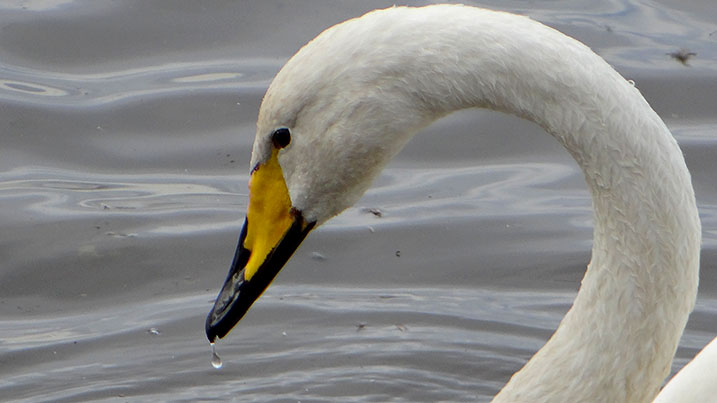
Secondly, working for an electrical company, my father accessed employee discounts and we were able to become early owners of a television set. From the mid-50s, I became an enthusiastic watcher of Peter Scott’s Look programmes. It increased my interest in birds and my knowledge of them. Saving my pocket money, I bought more bird books, and a neighbour began to pass me copies of his birding magazine. My favourite bird back then was the lapwing, a common sight in those days in the fields around our village.
I particularly remember in those Look programmes shots of the picture windows of Peter Scott`s house – I had never before seen windows as big as those. And the view through them was of a huge pond which teemed with wildfowl. Slimbridge became for me THE place to see, and I pestered my parents to take me there. Eventually they were able to afford a car, and one memorable day we drove to Slimbridge.
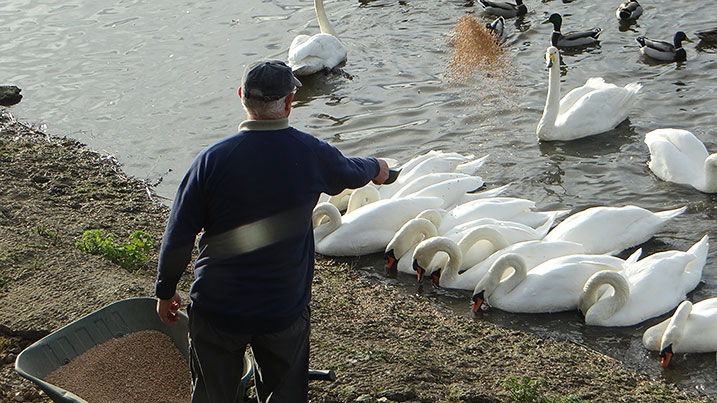
I was captivated by what I saw. Peter Scott`s programmes and that visit to Slimbridge when I was 11 rooted in me a lifelong enthusiasm for birds. When my wife and I had children of our own we got them into the Young Ornithologists’ Club of the RSPB. Both of us are now Life Members of WWT and Life Fellows of the RSPB.
We have birdwatched in Brazil, in Bhutan and in Botswana, but I shall always remember the inspiration of Sir Peter Scott and the thrill of my first visit to Slimbridge.



